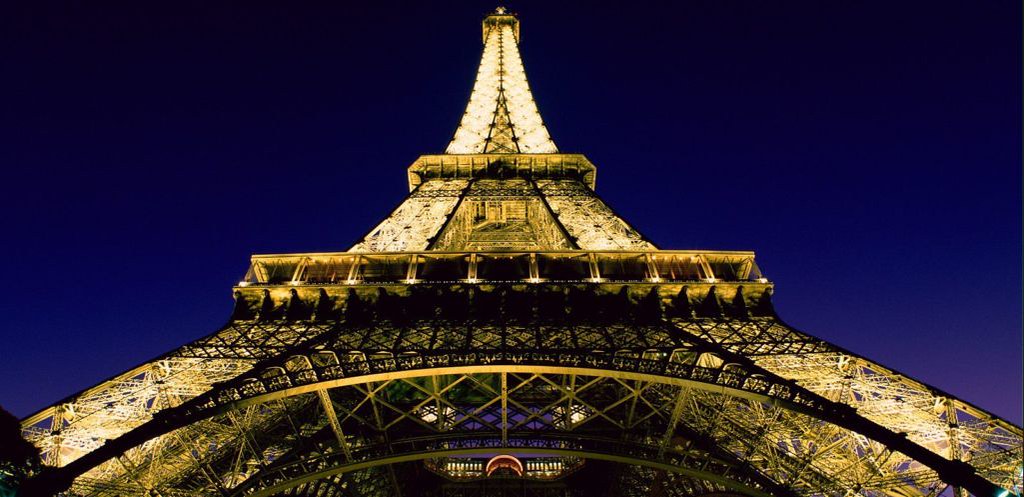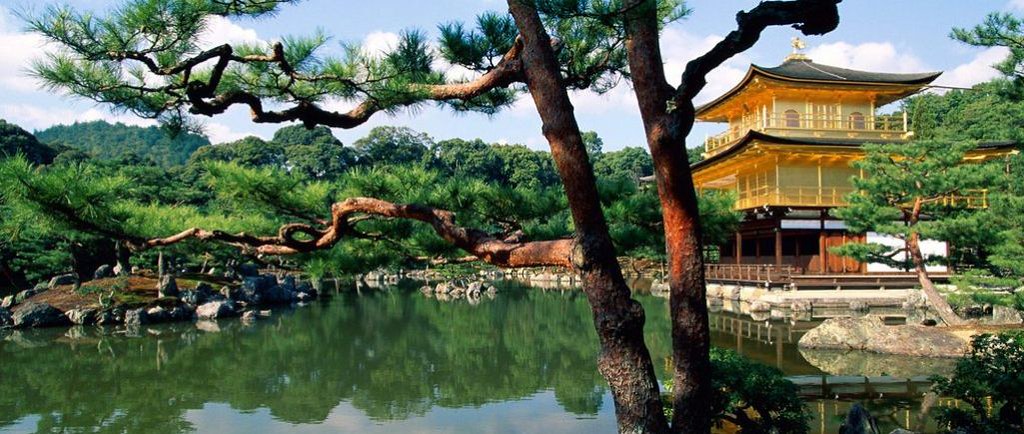 |
| PORTUGAL |
The Cova da Iria was land belonging to Lucy dos Santos' family
where the three children frequently pastured their sheep. It was here that Our
Lady appeared to the three seers six times and gave Her Message to the
world.
Esplanade
A really big square 540 m x 160 m which can receive up to 300 000
pilgrims. The Esplanade, with its monumental flights of steps and colonnades, and Stations of the Cross in polychrome ceramic designs, has a statue of the Sacred Heart of Jesus in the middle and
on the North side, there is the direction management office where you
can inquire about all the things there are to see at the Sanctuary:
pilgrimages, schedules of masses and general information.
Chapel of Apparitions (1)
The very heart of the sanctuary is a small, simple chapel known as the
"Little Chapel of the Apparitions". It was the first edifice constructed in the Cova da Iria, at the place of Our Lady's Apparitions. The holly oak
above which Mary appeared has long since been destroyed by relic
seekers, but a column with a statue of Our Lady stands in its place. The
holly oak which grows close by is said to be where the children awaited
the apparitions.
On the colonnade in front of the Basilica, statues of four Portuguese
Saints can be seen: St John of God, St. John of Brito, St. Anthony and
Bl. Nuno of Santa Maria.
From one side to the other, from
left to right, are the following saints: St. Teresa of Avila, St.
Francis de Sales, Bl. Marcelino de Champagnat, St. John Baptist de la
Salle, St. Alphonsus Maria de Ligouri, St. John Bosco with St. Dominic
Savio, St. Louis Marie Grignon de Montfort, St. Vincent de Paul, St.
Simon Stock, St. Ignatius of Loyola, St. Paul of the Cross and St.
Beatrice da Silva.
The white marble statue in the niche above the entrance to the Basilica
shows Our Lady in one of her apparitions when she urged devotion to her
Immaculate Heart.
Basilica (3)
The Basilica of Our Lady of Fátima crowns the sanctuary. Built between
1928 and 1953 it contains, in addition to the spectacular altars,
paintings, statues and stained glass, the tombs of the shepherds.
Suitable clothing is required to enter. It stands at one end of the huge
square, twice as large as St. Peter’s in Rome, and is filled with
pilgrims on the important celebration days. The centre of the square
contains the Monument to the Sacred Heart of Jesus, built over a spring
that has been "the instrument of many graces."
Church of the Most Holy Trinity
On the opposite side of the square is the new Church of the Most Holy
Trinity, the fourth largest Christian church in the world, capable of
accommodating 8,500 people. It’s modern architecture is not immediately
to everyone’s taste, but it is certainly magnificent.
Perpetual Adoration Chapel (4)
Situated at the end of the colonnade, on the eastern side, this chapel for perpetual adoration of the Blessed Sacrament exposed, is a place of silent prayer and adoration.
The Big Holmoak (5)
Under which the little shepherds and the early pilgrims awaited Our
Lady's coming, and prayed the Rosary.
Monument to the Sacred Heart of Jesus (6)
Which stands in the center of the square, over a spring found there,
its waters being the instrument of many graces.
Situated behind the Chapel of Apparitions, it is destined to receive
the Sick during the great pilgrimages, and also for retreats and accommodation
for pilgrims in general.
Rectory (8)
A building on the right side of the esplanade, in the House of Our Lady of Carmel.
House
of Our Lady of Carmel (9)
Which is above and behind the Rectory, with accommodation for 250.
At the entrance of the Sanctuary, on the south side of the Rectory, one
may visit a monument of the Berlin Wall's, consisting of a concrete segment
that was part of it. It was created as a grateful memorial of God's intervention for the fall of Communism as promised at Fatima.
At the extreme south of the esplanade, it commemorates the closing of
the Holy Year in 1951.
Monument to Pope Paul VI (13): marking his pilgrimage to Fatima, on 13 May 1967.
Monument to Pope Pius XII (14): erected as gift from German Catholics (1961).
Paul VI pastoral centre (15)
(Access beneath the
esplanade) inaugurated on 13 May 1982, by Pope John Paul II, as a
centre for study and reflection on the Message of Fatima, and of the
problems of the modern world, in the light of the Gospel. Visiting is possible when there are no activities
Monument to D. José Alves Correia da Silva: first Bishop of the restored diocese of Leiria (1920-1957), who declared the Apparitions of Our Lady at Fatima worthy of belief, and authorized the respective religious cultus (13 October 1930).
Text source [1]












0 comments:
Post a Comment
Welcome and thanks for leaving a comment